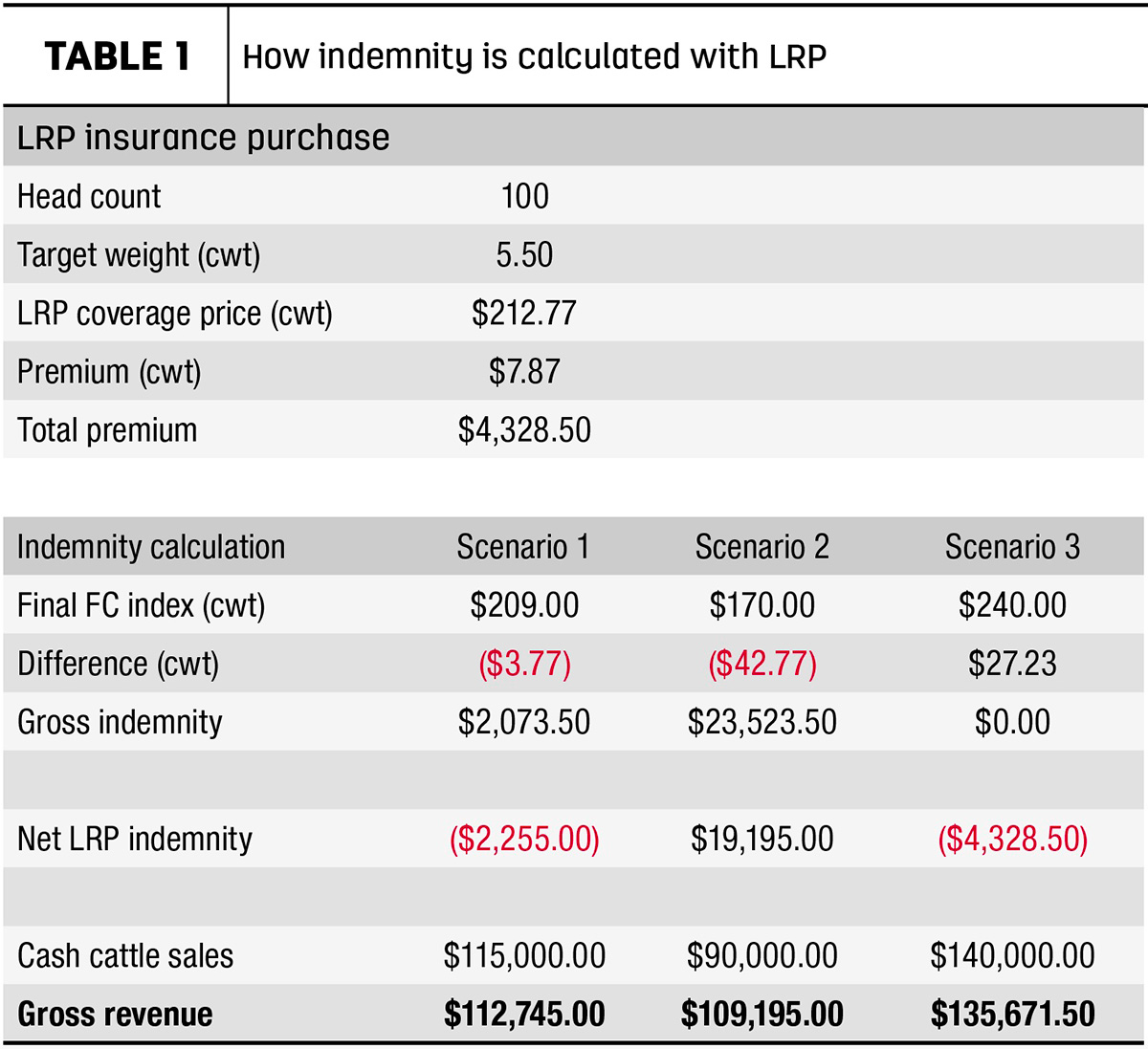Strategic Collaborations for Strength: Bagley Risk Management
Comprehending Livestock Danger Security (LRP) Insurance Policy: A Comprehensive Overview
Navigating the world of livestock threat security (LRP) insurance coverage can be a complex undertaking for many in the farming industry. This kind of insurance coverage supplies a security net against market variations and unanticipated circumstances that can impact animals producers. By recognizing the details of LRP insurance, manufacturers can make enlightened choices that may safeguard their procedures from economic risks. From just how LRP insurance policy works to the numerous insurance coverage alternatives available, there is much to discover in this extensive overview that can possibly shape the way animals manufacturers approach risk monitoring in their companies.

Exactly How LRP Insurance Coverage Works
Sometimes, understanding the mechanics of Livestock Threat Protection (LRP) insurance policy can be complex, but damaging down how it functions can offer clearness for farmers and ranchers. LRP insurance policy is a risk administration tool created to shield animals manufacturers versus unanticipated rate decreases. It's vital to note that LRP insurance is not an income assurance; instead, it focuses entirely on price risk protection.
Qualification and Insurance Coverage Options

When it involves coverage options, LRP insurance policy provides manufacturers the flexibility to select the insurance coverage level, insurance coverage period, and endorsements that ideal fit their threat administration demands. Protection levels commonly vary from 70% to 100% of the expected finishing worth of the insured livestock. Producers can also pick coverage periods that straighten with their production cycle, whether they are guaranteeing feeder livestock, fed cattle, swine, or lamb. Endorsements such as rate danger defense can even more customize coverage to safeguard versus damaging market fluctuations. By recognizing the qualification standards and coverage options offered, animals manufacturers can make educated choices to manage danger effectively.
Pros and Cons of LRP Insurance Coverage
When examining Livestock Risk Defense (LRP) insurance policy, it is necessary for animals producers to weigh the disadvantages and benefits integral in this threat monitoring device.

Among the primary benefits of LRP insurance is its capacity to provide security versus a decline in livestock rates. This can help protect manufacturers from monetary losses arising from market variations. Additionally, LRP insurance policy offers a level of versatility, permitting manufacturers to customize protection levels and policy periods to match their details needs. By locking in an ensured rate for their animals, producers can much better take care of threat and prepare for the future.
One limitation of LRP insurance policy is that it does not safeguard against all kinds of dangers, such as disease episodes or all-natural disasters. It is critical for producers to thoroughly evaluate their individual danger exposure and economic circumstance to establish if LRP insurance policy is the appropriate risk administration tool for their operation.
Understanding LRP Insurance Policy Premiums

Tips for Making The Most Of LRP Perks
Maximizing the benefits of Livestock Threat Defense (LRP) insurance needs critical preparation and proactive risk administration - Bagley Risk Management. To take advantage of your LRP insurance coverage, consider the following suggestions:
Regularly Assess Market Conditions: continue reading this Remain educated concerning market fads and price fluctuations in the livestock sector. By monitoring these elements, you can make informed decisions regarding when to buy LRP protection to secure versus prospective losses.
Set Realistic Protection Levels: When choosing coverage levels, consider your production costs, market value of livestock, and potential risks - Bagley Risk Management. Setting practical coverage levels makes certain that you are effectively safeguarded without overpaying for unneeded insurance policy
Diversify Your Coverage: Rather than counting entirely on LRP insurance policy, take into consideration expanding your danger administration techniques. Incorporating LRP with various other danger management devices such as futures agreements or choices can provide comprehensive insurance coverage against market uncertainties.
Testimonial and Change Coverage Frequently: As market conditions transform, regularly examine your LRP coverage to guarantee it lines up with your current threat direct exposure. Changing coverage degrees and timing of acquisitions can aid maximize your danger protection strategy. By adhering to these ideas, you can maximize the advantages of LRP insurance coverage and protect your livestock operation against unpredicted threats.
Verdict
Finally, livestock threat protection (LRP) insurance policy is a useful tool for farmers to handle the monetary risks connected with their livestock procedures. By understanding exactly how LRP works, qualification and insurance coverage choices, along with the advantages and disadvantages of this insurance coverage, farmers can make informed decisions to secure their livelihoods. By very carefully taking into consideration LRP premiums and executing methods to take full advantage of advantages, farmers can minimize potential losses and guarantee the sustainability of their procedures.
Animals producers interested in acquiring Animals Risk Security (LRP) insurance coverage can check out an array of qualification standards and insurance coverage options tailored to their specific livestock operations.When it comes to coverage options, LRP insurance provides producers the flexibility to select the protection level, protection period, and endorsements that finest fit their risk administration requirements.To grasp the complexities of Livestock Danger Defense (LRP) insurance policy totally, recognizing the aspects click over here now influencing LRP insurance premiums is crucial. LRP insurance policy premiums are identified by different elements, including the insurance coverage degree selected, the expected rate of animals at the end of the protection period, the type of animals being guaranteed, and the length of the coverage duration.Evaluation and Adjust Insurance Coverage Routinely: As market problems alter, regularly evaluate your LRP coverage to ensure it aligns with your existing threat direct exposure.